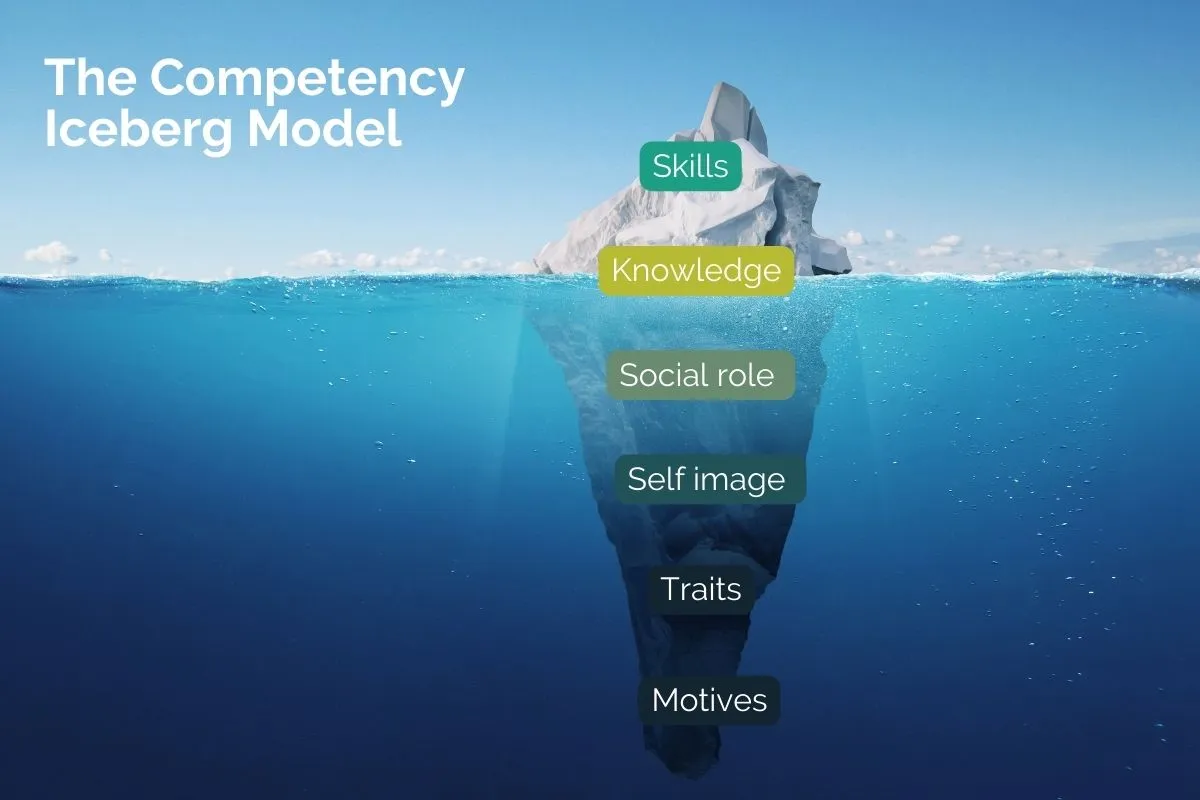First published 2011-09-02/ Updated 2025-03-04
Why Competencies Are the Key to Sustainable Business Growth
No matter the country, sector, or industry your business operates in, the ultimate goal remains the same: sustainable growth. Many theories and techniques claim to be the key to long-term success, but they all share a common golden thread—people. Your company's human resources are its most valuable asset. Without competent employees executing your strategies and plans, sustainable growth remains out of reach.
Over the years, Human Resource Management (HRM) has evolved significantly, with more businesses recognising its pivotal role. A strong HR strategy influences key business functions, including adaptability to change and resilience. At the heart of these strategies lies competency modelling—a structured approach to identifying the skills and attributes that drive success.
This article will try to answer the following questions:
Is competencies new?
What exactly are competencies?
Why is it so popular in HR practices?
Are Competencies a New Concept?
The concept of competencies can be traced back many centuries; it is not a new world concept. There is evidence that Roman soldiers were selected based on certain competencies identified in their most successful militaries. Even though competency profiling can be dated back it really only hit a nerve in the human sciences quite recently with David McClelland’s work in the late 1960’s. He is seen as the pioneer in competency-based methodology (Kierstead, 1998). McClelland’s aim was to identify variables which will predict job performance without being biased. He found job-related performance aspects above and beyond the individual’s intelligence, knowledge and skills. Thereafter two famous publications brought competencies to the world of work namely, The Competent Manager: A Model for Effective Performance, by Boyatzis in 1982 and Competence in Modern Society, by Raven in 1984. During the 1990’s competencies became even more popular and are seen as the glue that keeps many human resources methodologies together today.
What are competencies?
According to Spencer and Spencer (1993), a competency is:
"An underlying characteristic of an individual that is causally related to effective and/or superior performance in a job or situation."
At JVR, we define competencies as:
"The underlying traits, attributes, and characteristics of a person that form the foundation for occupational success." (CAS Manual, 2010)
Another way of looking at competencies are known as KSAO’s (Knowledge, Skills, Abilities & Other characteristics’), with behaviours used to describe or illustrate the observable actions on the job as a result of the competencies.
The Competency Iceberg Model
Spencer and Spencer’s research (1993) introduced the Iceberg Model, which classifies competencies into five levels:
Motives (deepest level, least visible) – Internal desires and thought patterns that drive behaviour.
Traits – Physical and psychological characteristics, including emotional self-control and personality traits.
Self-Concept – A person’s attitudes, values, and self-image.
Knowledge (above the surface, more visible) – Information specific to a role or industry.
Skills (most visible) – The ability to perform certain tasks, such as problem-solving or analytical thinking.
While knowledge and skills can be trained, motives, traits, and self-concept are more challenging to develop and tend to remain stable over time.

Building an Effective Competency Model
To develop a robust competency framework, organisations should:
Identify Core Competencies – Define the few critical competencies that distinguish your company from competitors. (Fogg, 1994)
Consider Both Threshold & Differentiating Competencies:
Threshold competencies: The minimum skills required for job effectiveness.
Differentiating competencies: The attributes that distinguish top performers from average ones.
Ensure Your Model Is:
Manageable – Avoid excessive competencies that may dilute focus.
Behaviourally Defined – Use observable actions to describe each competency.
Independent – Each competency should represent unique behaviours.
Comprehensive – Capture all essential behaviours required for success.
Accessible – Clearly communicate competencies to all employees.
Current – Regularly update competencies to reflect industry and company changes.
Compatible – Align with company culture, values, and vision.
(Michael A. Campion, Alexis A. Fink, Brian J. Ruggeberg, Linda Carr, Geneva M. Phillips, Ronald B. Odman, 2011)
Why are competencies so popular?
Hiring and Selection: We can use competency modelling to simplify the hiring of new employees by using assessments and other selection procedures that measure the competencies.
Training & Development: We can streamline the training of employees by creating courses aimed at the development of certain competencies.
Performance Management: We simplify the evaluation of employees’ performance by structuring the appraisal instrument around competencies;
Career Development: We can promote employees by using the competencies to establish promotion criteria.
Compensation & Retention: We can compensate employees by using the competency model to structure pay differences and manage retention of critical skills through the identification and measurement of competencies tied to current and future organisational objectives.
Organisational Change: Lastly competency models can support organisational change efforts by developing broad systematic support of future-oriented competencies
(Michael A. Campion, Alexis A. Fink, Brian J. Ruggeberg, Linda Carr, Geneva M. Phillips, Ronald B. Odman, 2011). By focusing on competencies, companies create a structured, measurable, and future-proof approach to managing human capital. Competencies should not exist only in policies and documents—they should be embedded in company culture. When properly implemented, they become the language of success, shaping hiring decisions, employee development, and overall business growth.
Competency modelling isn’t just an HR buzzword—it’s a strategic necessity. Organisations that invest in defining and developing competencies gain a competitive advantage, ensuring their people drive sustainable growth and long-term success. Are your people equipped with the right competencies to propel your business forward?
Share this post
Newsletter
Get up-to-date industry news right in your inbox

.webp)

